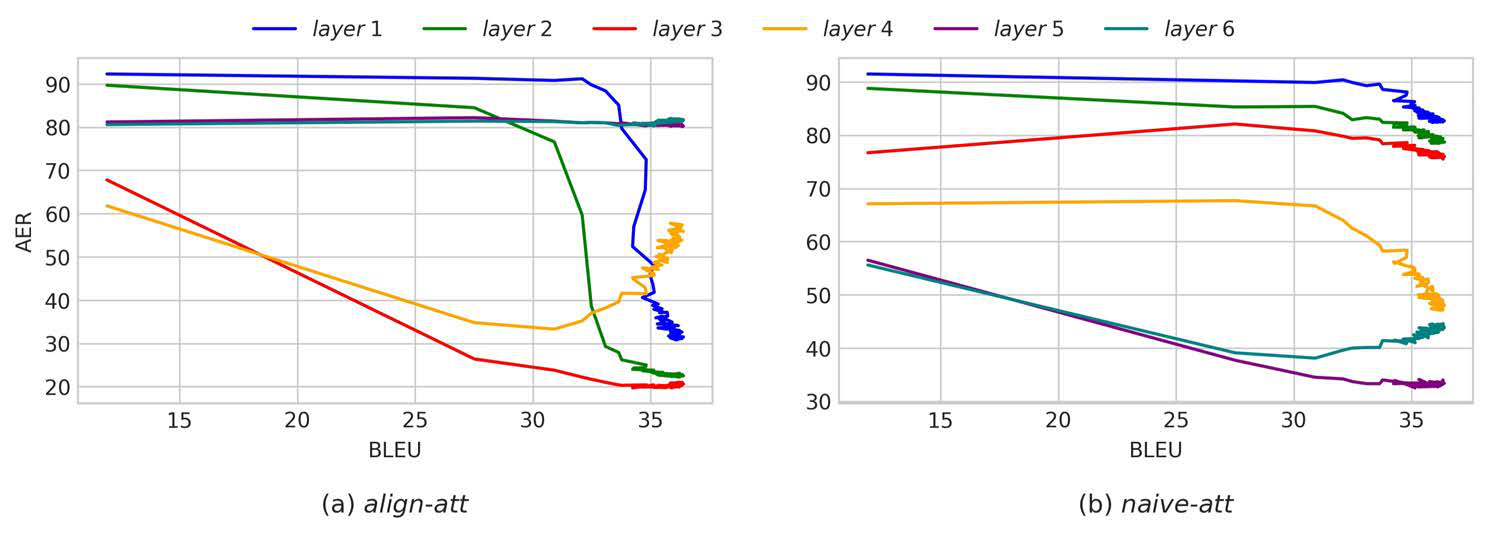Token-level Adaptive Training for Neural Machine Translation
Shuhao Gu, Jinchao Zhang, Fandong Meng, Yang Feng, Wanying Xie, Jie Zhou, Dong Yu
Machine Translation and Multilinguality Long Paper

You can open the pre-recorded video in a separate window.
Abstract:
There exists a token imbalance phenomenon in natural language as different tokens appear with different frequencies, which leads to different learning difficulties for tokens in Neural Machine Translation (NMT). The vanilla NMT model usually adopts trivial equal-weighted objectives for target tokens with different frequencies and tends to generate more high-frequency tokens and less low-frequency tokens compared with the golden token distribution. However, low-frequency tokens may carry critical semantic information that will affect the translation quality once they are neglected. In this paper, we explored target token-level adaptive objectives based on token frequencies to assign appropriate weights for each target token during training. We aimed that those meaningful but relatively low-frequency words could be assigned with larger weights in objectives to encourage the model to pay more attention to these tokens. Our method yields consistent improvements in translation quality on ZH-EN, EN-RO, and EN-DE translation tasks, especially on sentences that contain more low-frequency tokens where we can get 1.68, 1.02, and 0.52 BLEU increases compared with baseline, respectively. Further analyses show that our method can also improve the lexical diversity of translation.
NOTE: Video may display a random order of authors.
Correct author list is at the top of this page.
Connected Papers in EMNLP2020
Similar Papers
Language Model Prior for Low-Resource Neural Machine Translation
Christos Baziotis, Barry Haddow, Alexandra Birch,

Pre-training Multilingual Neural Machine Translation by Leveraging Alignment Information
Zehui Lin, Xiao Pan, Mingxuan Wang, Xipeng Qiu, Jiangtao Feng, Hao Zhou, Lei Li,

Dynamic Context Selection for Document-level Neural Machine Translation via Reinforcement Learning
Xiaomian Kang, Yang Zhao, Jiajun Zhang, Chengqing Zong,

Accurate Word Alignment Induction from Neural Machine Translation
Yun Chen, Yang Liu, Guanhua Chen, Xin Jiang, Qun Liu,
